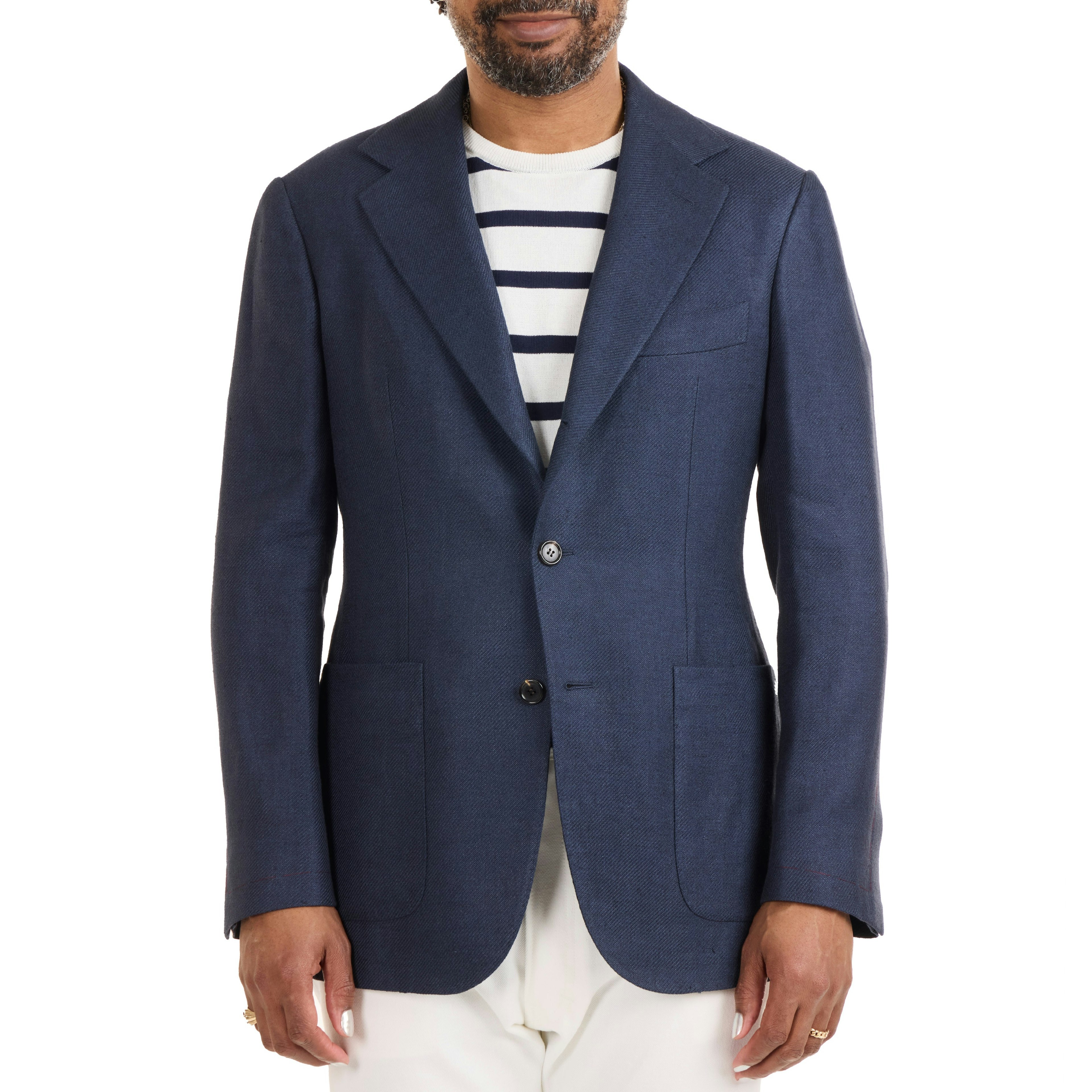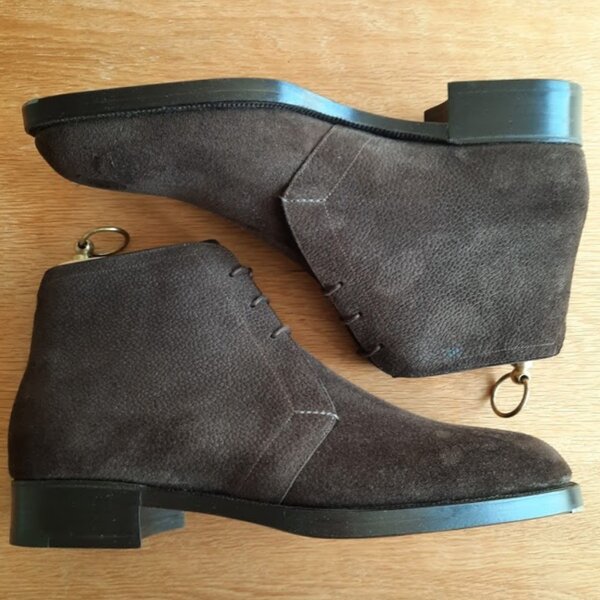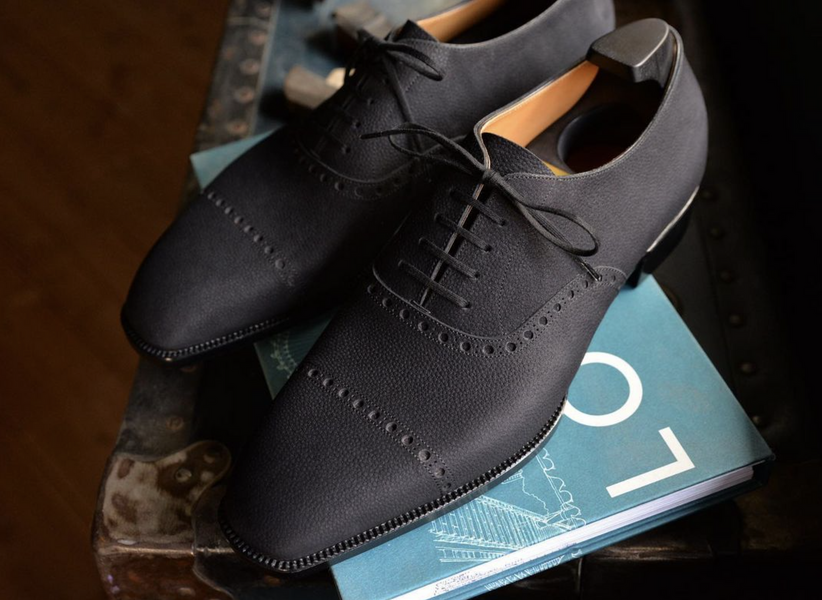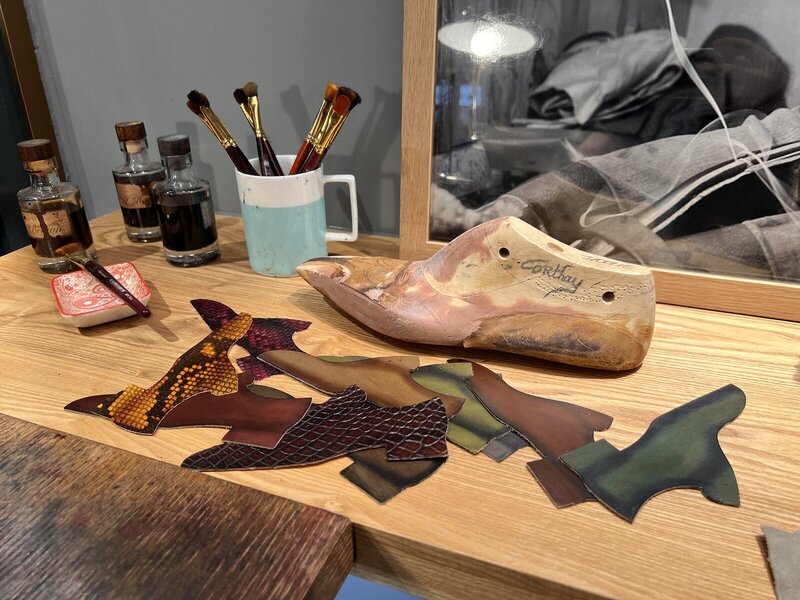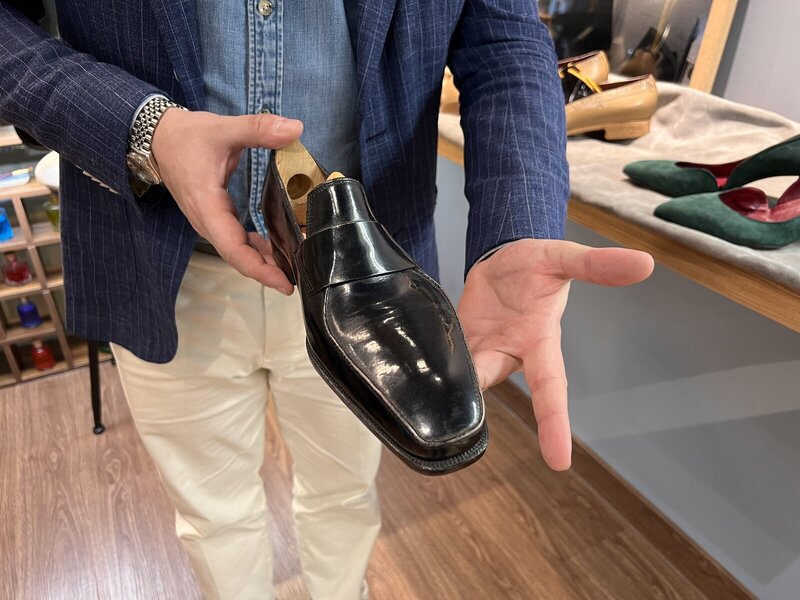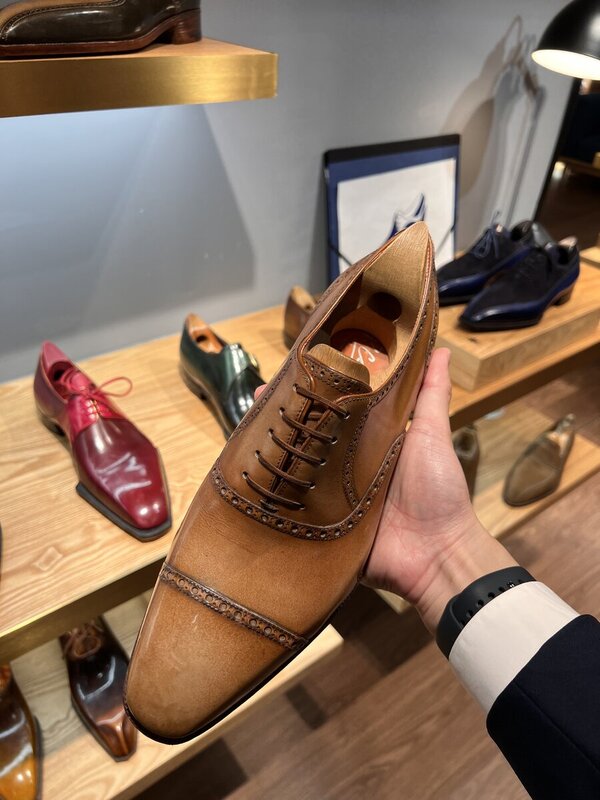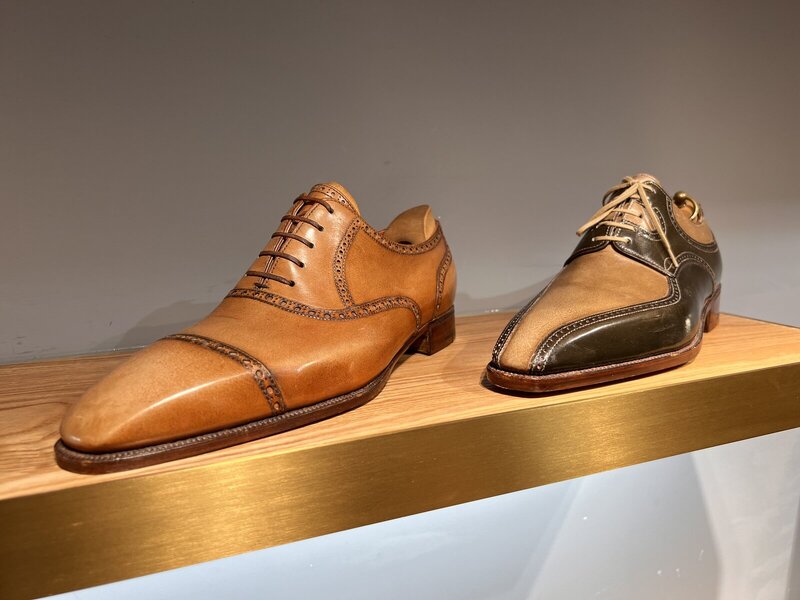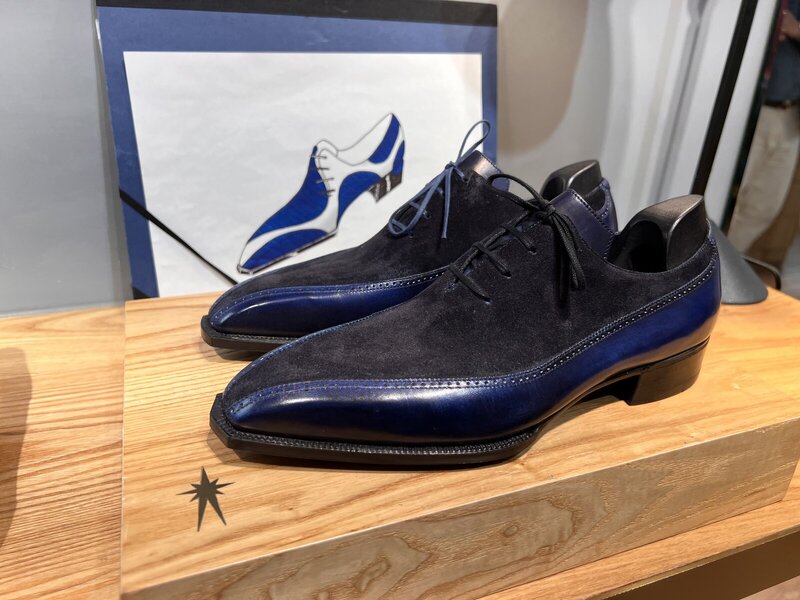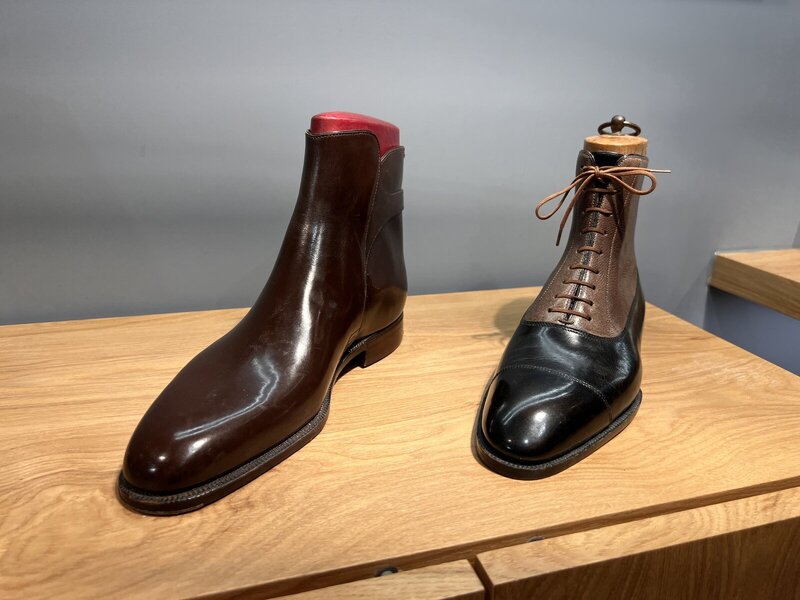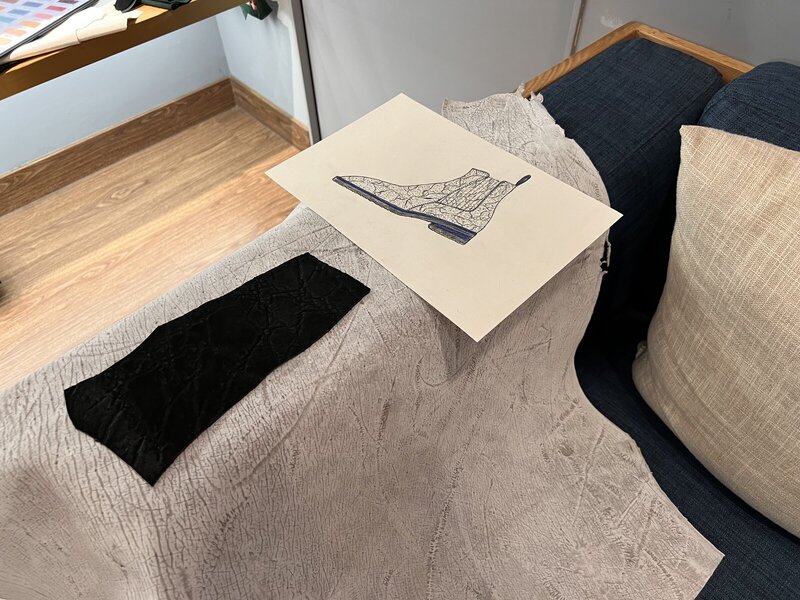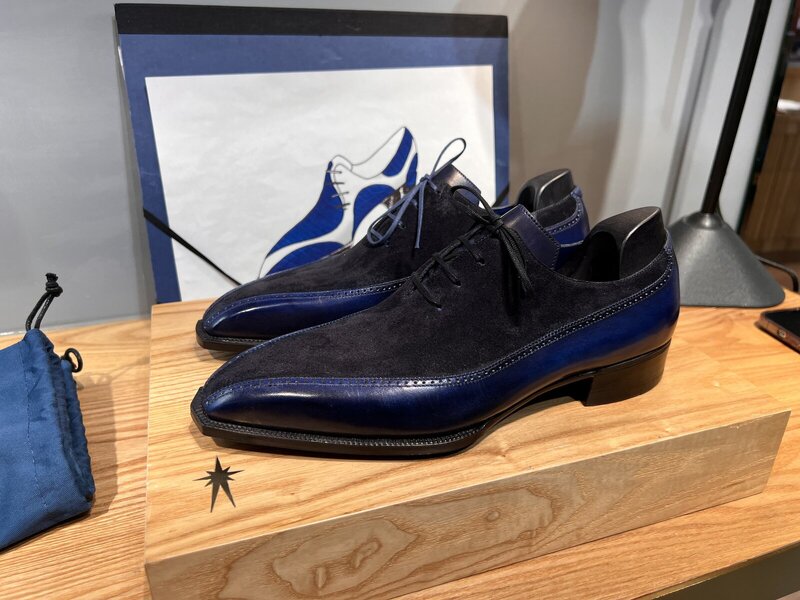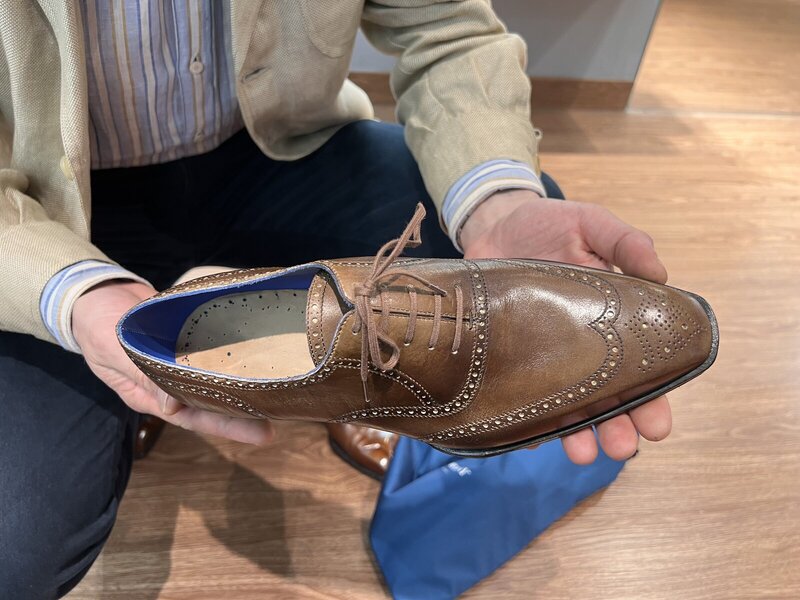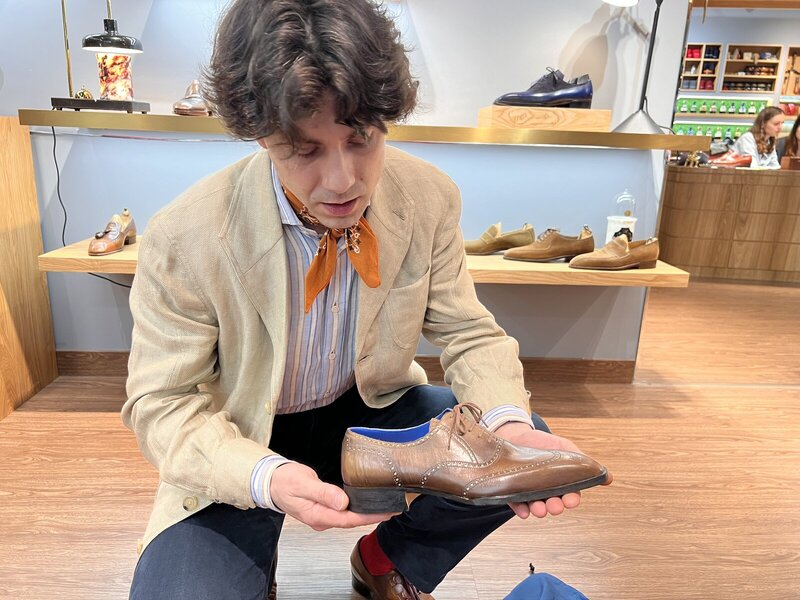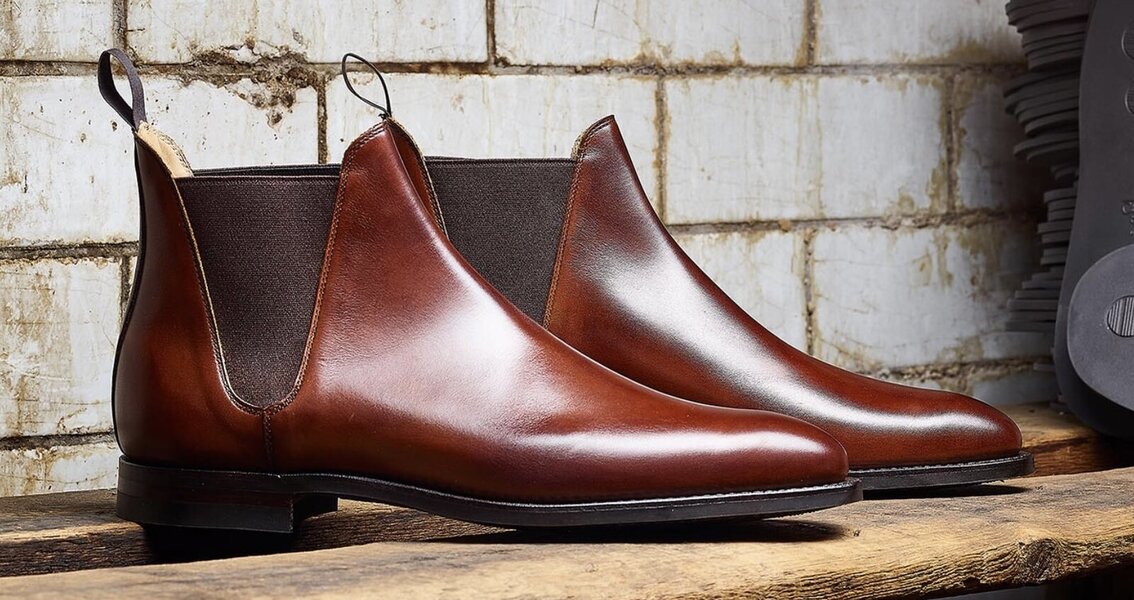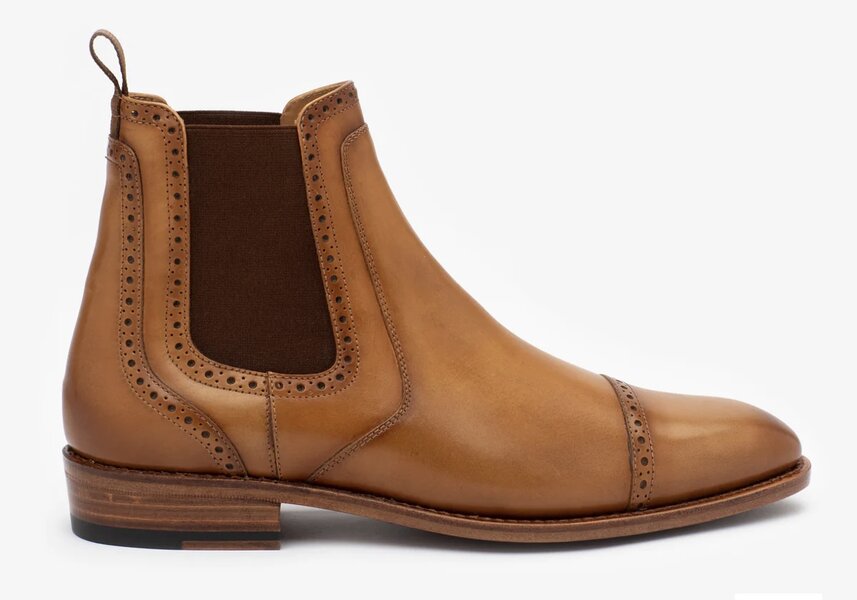- Joined
- Jan 8, 2008
- Messages
- 10,132
- Reaction score
- 5,714
That said, I also agree with everything Nicholas says about how we pull the tape, etc.. Added to that is the fact that some feet are rigid, some flacid. Some hold more fluid during some parts of the day...so even when, in a 24 hour cycle, the foot is measured can be a factor. How we interpret and adjust the tape measure when we run up against a foot that has little or no 'yield' is a factor.
Then too, we take a non-rigid, irregular, changeable, object and try to impose the, often uncertain or mutable, data obtained, upon a very rigid, static object such as a last. It's not easy to pinpoint, much less codify, a one-to-one correlation between lasts and feet...although theoretically speaking we should be able to do that. The last should embody the foot.
For instance, where is the middle cuneiform (my 'low instep') on the foot? We can feel it. But where is the corresponding location on the last?! One maker will say here, the other will say there. Two millimeters up or down the cone of the last will make a difference...esp. in footwear that has no laces or straps or elastic, for adjustment. A misunderstanding or miscalculation here invariably leads to 'interpretation'.
Yet shoemakers around the world do interpret. Do make 'guesses.' And more often than not they get a decent, if not perfect, fit. With all the data I collect I make judgement calls all the time--do I reduce or increase a girth on top of the last or at the side?
And beyond all that, when we make shoes, we don't just fit the foot, we fit the client's head.
TBC....
Then too, we take a non-rigid, irregular, changeable, object and try to impose the, often uncertain or mutable, data obtained, upon a very rigid, static object such as a last. It's not easy to pinpoint, much less codify, a one-to-one correlation between lasts and feet...although theoretically speaking we should be able to do that. The last should embody the foot.
For instance, where is the middle cuneiform (my 'low instep') on the foot? We can feel it. But where is the corresponding location on the last?! One maker will say here, the other will say there. Two millimeters up or down the cone of the last will make a difference...esp. in footwear that has no laces or straps or elastic, for adjustment. A misunderstanding or miscalculation here invariably leads to 'interpretation'.
Yet shoemakers around the world do interpret. Do make 'guesses.' And more often than not they get a decent, if not perfect, fit. With all the data I collect I make judgement calls all the time--do I reduce or increase a girth on top of the last or at the side?
And beyond all that, when we make shoes, we don't just fit the foot, we fit the client's head.
TBC....
Last edited:
 .
.
